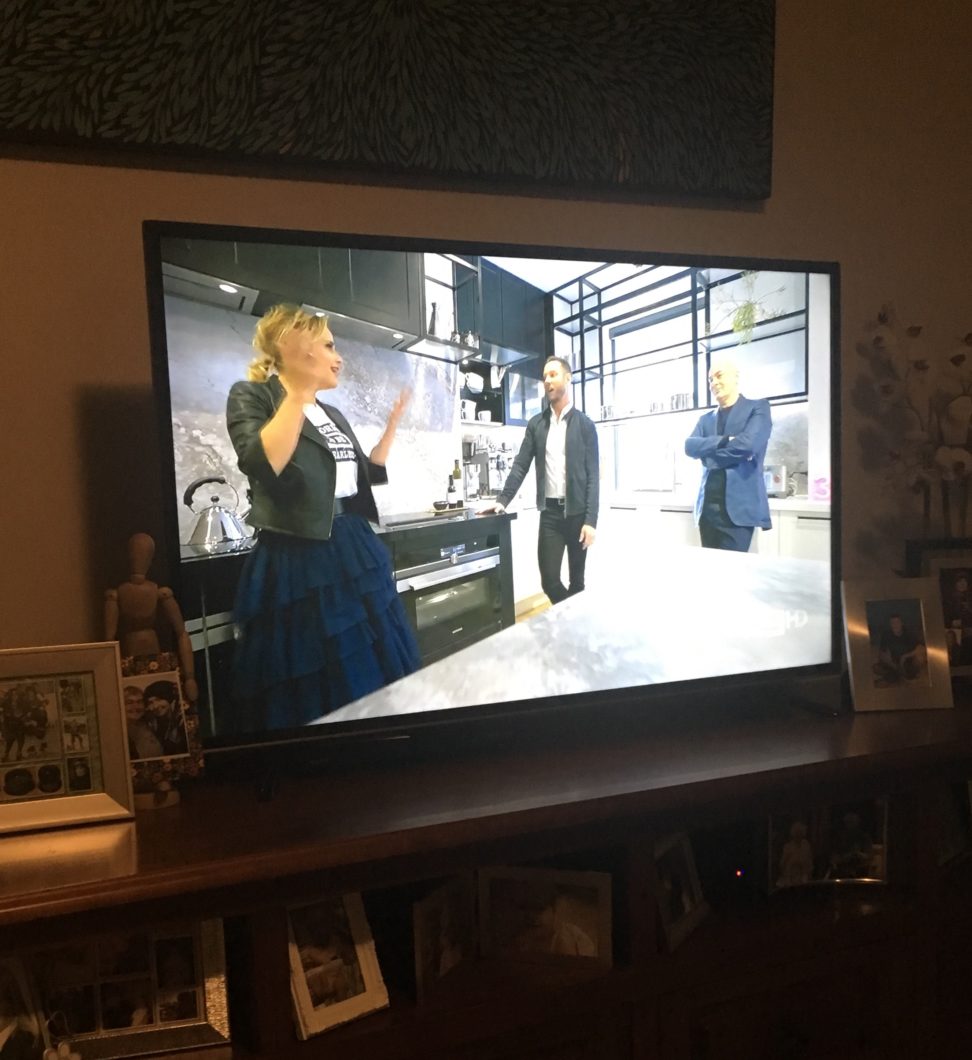Guest post by Trent Anderson
While it is debatable whether this is a good idea it doesn’t change the fact that it is how many families spend their evenings.
There is certainly no doubt that television has become part of our culture.
It is also certain that you’ll suddenly feel lost if an electrical problem causes your television to break.
At that point you’ll need to have the number of the Electrical Detectives to hand; the sooner they sort the issue the quicker you can get back to your favorite programs!
To help prevent problems it is essential that you care for your television and other accessories:
Cleaning
Dust is one of the biggest enemies of any electrical item.
As dust builds up on the circuit boards it will stop the heat from being dispersed effectively.
This can cause chips to overheat and fail. In worst case scenarios the chips can actually catch fire.
You need to wipe your television down on a daily basis with a dedicated television wipe.
This will remove dust and other dirt without scratching the surface of the screen.
It is important to use the right wipe; many contain alcohol or ammonia which will damage your screen.
You can also gently vacuum the air vents on the back of your television to remove dust from inside the device.
Environment
Electrical items don’t generally like humidity or extreme cold or hot rooms.
You need to consider the environment in the room where your television lives.
Keep the temperature steady between 10 and 25 degrees Centigrade and if you notice excess humidity consider investing in a dehumidifier.
This will help to prolong the life of your television.
Power
It is also important to look at your power circuits.
Plugging too many items into one socket can cause an overload which could short out equipment and even cause a fire.
Equally no matter how good your power supply is there will be times when there are power surges.
These can destroy the sensitive electrical inside devices like your television.
To protect against this you need to invest in a surge protector for your sockets.
This will ensure the power supply to your television remains constant.
You can even get surge protectors to safeguard an entire circuit; allowing you to protect all your sensitive electrical gear.
Repair Early
Televisions can be repaired for a fraction of the cost of replacing them; especially if an issue is caught early enough. When you undertake your regular cleaning visually inspect the television.
You should also keep your eye open for any irregularities when you’re watching it.
If you notice anything, then get the television repair person to look at it sooner rather than later; it could save you a lot of money.
In the same way you should be vigilant about any accessories that are connected to your television; such as a DVD player or surround sound system.
